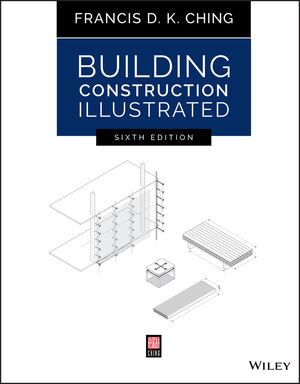Successful performance in fire tests of three types of off-the-shelf metal connectors for glue-laminated-timber column-to-beam assemblies will make it easier for designers to get approval for GLT structural systems in buildings up to 85 ft in height, says the Softwood Lumber Board, which sponsored the tests.
With the test report as documentation, designers now should be able to specify the tested assemblies and satisfy requirements of the International Building Code for mass-timber buildings, which the IBC refers to as Type IV construction, says the group.
Metal connectors themselves currently are not fire-rated, which meant they needed to be tested in assemblies, says fire protection engineer David Barber, a principal with Arup, which managed the tests.
Arup, GLT supplier D.R. Johnson and connector supplier MyTiCon joined to devise the full-scale tests. Three configurations were tested: two with Ricon S steel connectors and one with a Knapp Megant aluminum connector.
The tests were conducted in March at the Southwest Research Institute to meet ASTM E119-16a Standard Test Methods for Fire Tests of Building Construction and Materials. All three column-to-beam specimens had concealed end-grain connectors. A cross-laminated-timber floor, which also acted as a furnace lid, was screwed to each beam. Each assembly was loaded to simulate actual office-building conditions.
Two configurations achieved a 1.5 fire-resistance rating, and the third achieved a one-hour FRR. The ratings will allow exposed columns and beams, rather than fire-protected ones. That eliminates costs associated with extra fire protection, says Barber.
In addition, thanks to the test results, engineers no longer will feel compelled to overdesign a GLT structure, Barber adds. Going forward, they can offer more-efficient structural designs, he notes.






